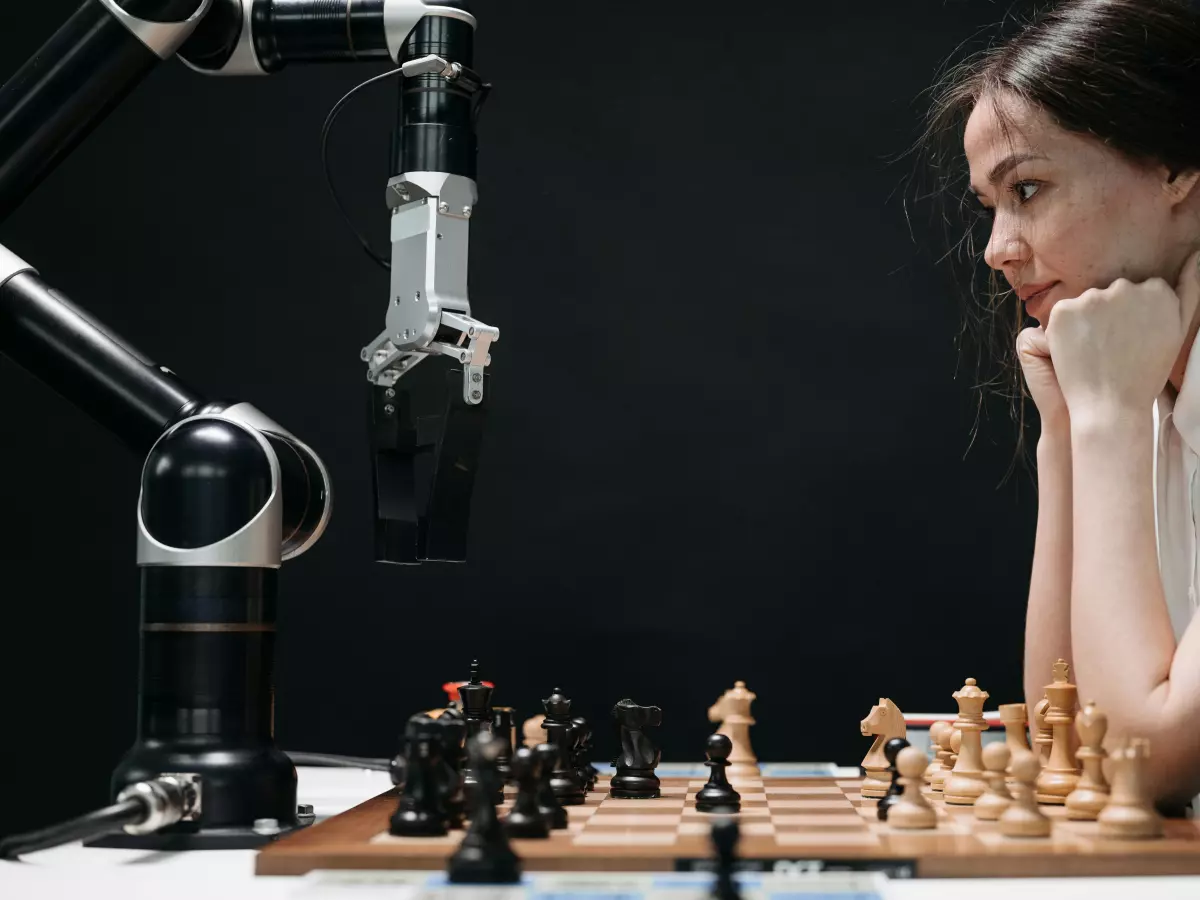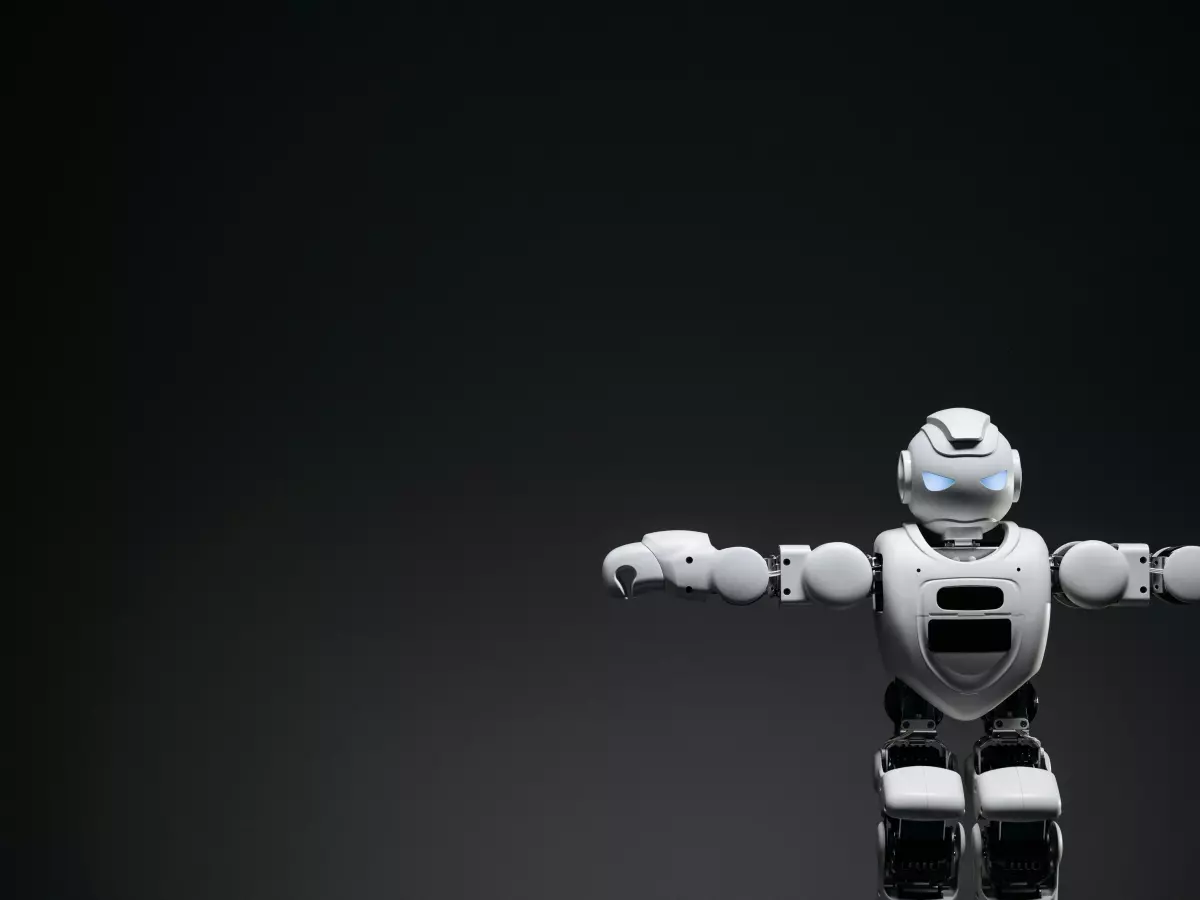Inside the Machine
“The real problem is not whether machines think but whether men do.” — B.F. Skinner

By Nina Schmidt
Humanoid robots are no longer the stuff of science fiction. They're here, and they're evolving fast. But here's the kicker: making these robots move, react, and interact like humans is a colossal challenge. The secret sauce? Sensor integration. Without it, these robots would be clunky, uncoordinated, and, well, pretty useless.
So, what's the problem? Well, it’s not just about slapping a bunch of sensors onto a robot and calling it a day. The real challenge lies in how these sensors are integrated into the robot’s design and how they work together to create fluid, human-like motion. Think of it like this: a humanoid robot without proper sensor integration is like a human with no sense of touch, sight, or balance. It’s not going to function well, right?
Enter the world of sensor fusion and motion control algorithms. These two elements are the dynamic duo of humanoid robot design. Sensor fusion allows the robot to take in data from multiple sources—like cameras, gyroscopes, and pressure sensors—and merge that information into a single, cohesive understanding of its environment. Motion control algorithms then take that data and translate it into smooth, coordinated movements. But, as you can imagine, this is easier said than done.
The Sensor Integration Puzzle
Let’s break it down. Humanoid robots need a variety of sensors to mimic human abilities. You’ve got your vision sensors (cameras), tactile sensors (pressure pads), and balance sensors (gyroscopes and accelerometers), just to name a few. But here’s the catch: these sensors need to work together seamlessly. If one sensor is even slightly off, it can throw the whole system out of whack.
For example, if the robot’s vision sensor detects an obstacle, but the motion control algorithm doesn’t receive that information in time, the robot could stumble or crash into something. That’s why sensor integration is so crucial. It’s not enough to just have the sensors; they need to be integrated into the robot’s design in a way that allows them to communicate effectively.
And it’s not just about avoiding obstacles. Proper sensor integration allows humanoid robots to perform complex tasks like picking up objects, walking on uneven surfaces, or even dancing. The more sensors a robot has, the more data it can process, and the more human-like its movements can become.
Motion Control Algorithms: The Brain Behind the Brawn
Now, let’s talk about motion control algorithms. These are the brains behind the robot’s movements. Once the sensors gather data, the motion control algorithms decide how the robot should move in response. Should it step to the left? Bend its knee? Reach out its arm?
But here’s the tricky part: these algorithms need to be fast and precise. If there’s any delay in processing the sensor data, the robot’s movements will be jerky and unnatural. And if the algorithms aren’t precise enough, the robot could overshoot its movements or fail to react to changes in its environment.
That’s why engineers are constantly refining these algorithms to make them faster and more accurate. They’re also working on ways to make the algorithms more adaptable, so the robot can learn from its environment and improve its movements over time. It’s like teaching a robot to walk before it can run—literally.
The Future of Humanoid Robot Design
So, where do we go from here? The future of humanoid robot design lies in even more advanced sensor integration and motion control algorithms. Engineers are experimenting with new types of sensors, like artificial skin that can detect temperature and pressure, and they’re developing algorithms that can predict human movements before they happen.
Imagine a robot that can anticipate when you’re about to hand it an object or one that can adjust its balance in real-time based on the terrain it’s walking on. These are the kinds of innovations that will take humanoid robots to the next level.
But it’s not just about making robots more human-like. It’s also about making them more useful. With better sensor integration and motion control, humanoid robots could be used in a variety of industries, from healthcare to manufacturing to disaster relief. The possibilities are endless.
In the end, sensor integration and motion control algorithms are the unsung heroes of humanoid robot design. Without them, these robots would be little more than expensive paperweights. But with them, the future of robotics looks incredibly bright.
As we look back at the early days of robotics, it’s clear that we’ve come a long way. Just like the Wright brothers had to figure out how to control their flying machine, today’s engineers are figuring out how to control humanoid robots. And just like with airplanes, the sky’s the limit.





